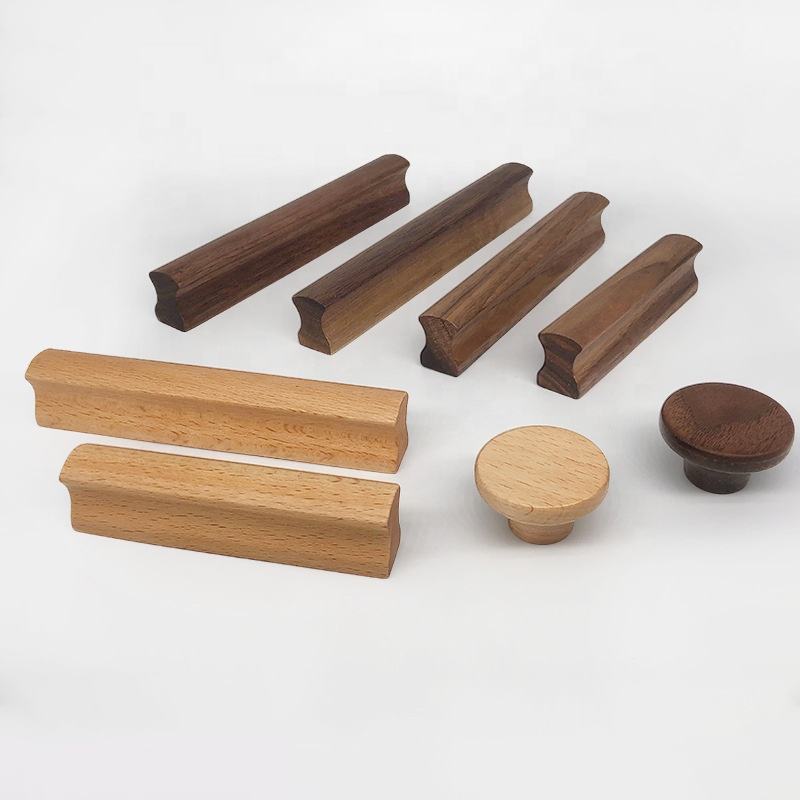Ensuring stability in wooden furniture handles is crucial to maintaining the functionality, safety, and longevity of your furniture pieces. A stable handle enhances the overall user experience and prevents issues such as wobbling, loosening, or breakage. Here are some key considerations to help you achieve stability in wooden furniture handles:
1. Material Quality:
Start with high-quality wood that is sturdy and durable. Choose wood species that are known for their strength and resistance to wear, such as hardwoods like oak, maple, or cherry.
2. Proper Installation:
Ensure that the handle is installed securely using appropriate hardware and techniques. Use screws that are the correct length and size for the handle and furniture. Pre-drill holes to prevent splitting.
3. Tightening and Maintenance:
Regularly check and tighten the screws that attach the handle. Over time, screws can loosen due to repeated use or changes in temperature and humidity. Periodic maintenance prevents handles from becoming wobbly.
4. Weight Distribution:
Consider the weight distribution of the handle design. A handle that is too heavy or unevenly weighted can strain the attachment points over time. Balance the design to distribute the weight evenly.
5. Proper Hole Alignment:
When installing handles, ensure that the holes on the handle align perfectly with the holes on the furniture. Misaligned holes can lead to instability and make the handle prone to twisting or breaking.
6. Avoid Over-Tightening:
While it’s important to secure the handle firmly, avoid over-tightening the screws. Over-tightening can damage the wood, strip the screw holes, or create unnecessary stress on the handle.
7. Adequate Wood Thickness:
Ensure that the area where the handle is attached is thick enough to accommodate screws without compromising the integrity of the wood. If necessary, reinforce the backside of the wood with additional support.
8. Choose a Sturdy Design:
Select a handle design that not only matches the aesthetics but also provides stability. Intricate and delicate designs might be visually appealing, but they can be more susceptible to wear and breakage.
9. Test for Strength:
Before attaching the handle permanently, conduct a stability test by gently pulling and pushing the handle. This allows you to identify any potential weaknesses before final installation.
10. Climate Considerations:
Wood expands and contracts with changes in humidity and temperature. If your furniture is located in an area with fluctuating conditions, choose hardware that accommodates these changes to prevent loosening.
11. Regular Inspection:
Incorporate regular inspections of your furniture handles into your maintenance routine. This helps you catch any issues early and address them before they worsen.
12. Seek Professional Help:
If you’re unsure about the stability of a handle or need assistance with installation, don’t hesitate to seek the help of a professional woodworker or furniture restorer.
Stability in wooden furniture handles is not only about ensuring the handle remains securely attached but also about enhancing the overall usability and safety of your furniture. By following these guidelines and being diligent in your approach, you can enjoy beautiful, functional, and stable furniture handles for years to come.


